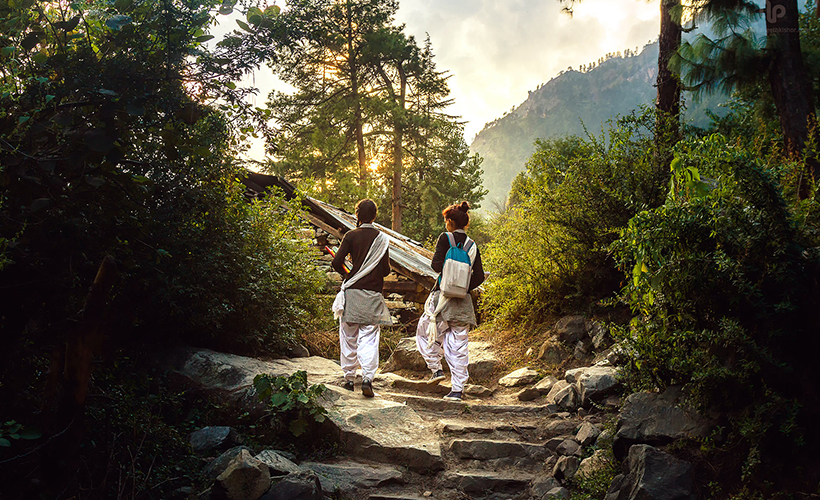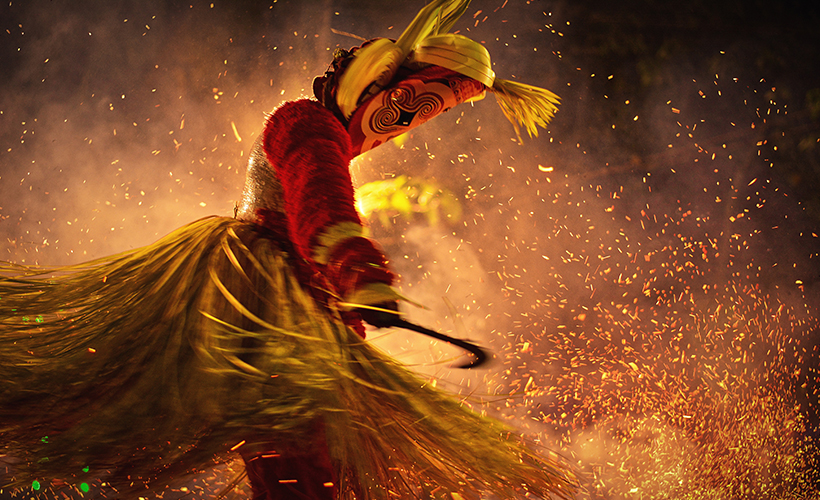
Occupying about 19 per cent of the country, the south of India comprises of five states and three union territories. This beautiful land is bordered by the Arabian Sea in the west and the Bay of Bengal in the east.
South India is also a land of many languages, with a rich history and diverse culture. Each region here is so different from one another that the locals take offence when generalised as South Indian. The region was also under royal rule for 4,000 years by over 18 dynasties, boasts nine UNESCO world heritage sites, and has four different film industries of their own.
It’s clear to see that this land of coconuts is a must-visit for a truly cultural experience. Here’s what you need to know before you plan a trip down south:
1. Language or bhasha
People in South India speak eight different languages. In a country with 22 official languages, the government declared six of them classical languages; four of which are spoken in South India. While each region has its own way around expressions, most people speak English. South India’s literacy rates are higher than the rest of the country on average and travellers have no problem navigating their way around and communicating with people.
2. Attire or vesh bhusha
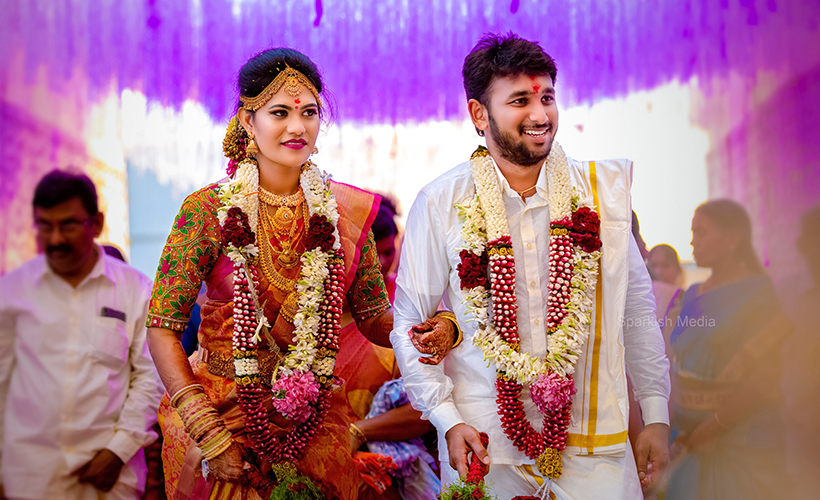
Even though the states in South India are as different as chalk and cheese, they share similarities in terms of dress. The main attire for women is the saree, however, they differ in material and design.
The most famous type of sari in Andhra Pradesh and Telangana is made of Pochampally silk. In Kerala, it is the Kasavu saree. Meanwhile, in Karnataka, you’ll find ones made from Mysore silk, and in Tamil Nadu, it is the Kanjeevaram saree.
The men typically wear a lungi (a type of sarong), although they are referred to by different names like veshti, mundu, or dhoti. This garment is usually made out of cotton or different types of silk. Make sure to get lots of pictures with the locals dressed in their local attire and don’t forget to take home some silk sarees or scarves.
3. Dance or nritya
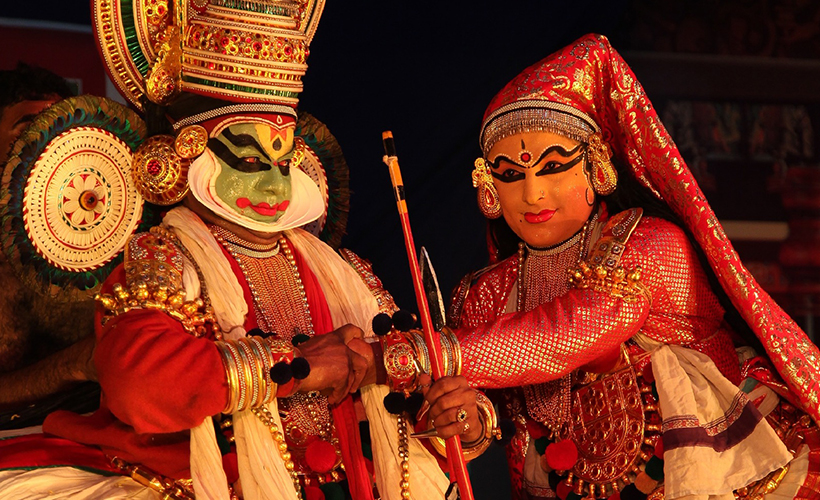
Of the eight classical dances in India, four are from South India, with bharatanatyam from Tamil Nadu, mohiniattam and kathakali from Kerala, and kuchipudi from Andhra Pradesh. These dance forms originated in temples and were considered a way of worshipping. The navarasas, or nine expressions, that are part of every dance form are depicted through the eyes, the head gestures, and bodily movements. They are humour, anger, disgust, fear, delight, courage, sorrow, wonder, and serenity.
Apart from these classical dances, South India is home to folk dances like thappattam, thapetta gullu, kolattam, oppana, beesu kamsale, and many more. Whether or not you’re normally a fan of dance, catching these performances on your South India trip will be an unforgettable experience, and you will get to see how expressions can convey what words can’t.
Asia never fails to amaze and awe when it comes to the performing arts. Check out this age-old tradition in Japan:
Experiencing Kagura — Japan’s Oldest Performance Art
4. Martial arts or sastra vidya
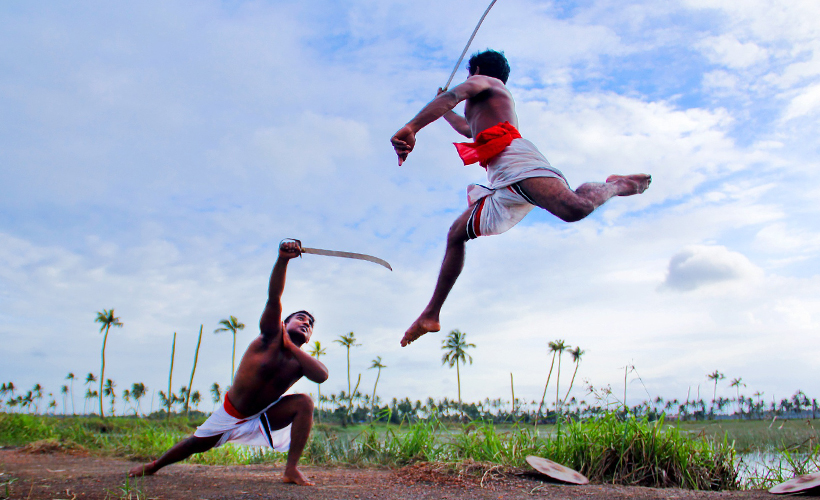
Did you know that the popular Chinese martial art Shaolin kung fu was introduced by Bodhidharma, the Indian monk who brought Buddhism to China, during the Gupta period? Martial arts and India go way back, with evidence linking it to the Indus valley civilisation.
There are over 10 martial art forms in the Indian subcontinent. The ones in South India are kalarippayattu from Kerala, silambam and varma kalai from Tamil Nadu, kathi samu from Andhra Pradesh, and garadi mane from Karnataka.
A person adept at any of these forms exhibits not only physical endurance but also extreme focus and discipline. There are various shows performed daily where skilled and trained professionals showcase these art forms. So be sure to grab yourself some tickets when on a cultural expedition here.
5. Food or jalpan
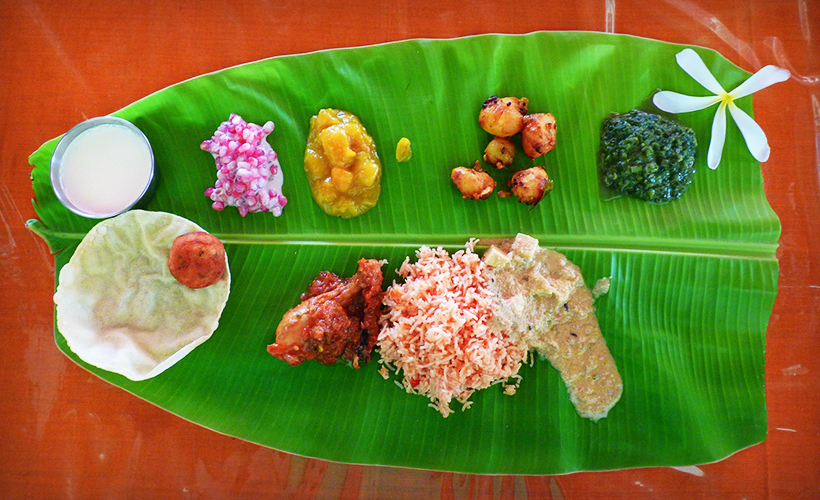
There are people who eat to live and then there are people who live to eat. If you’re the latter, then you’re in one of the best places in the world. South Indian food is a loved cuisine all over the world. While idli, dhosa, and vadai are popular across all the five states, each one does have its own specialities.
The finger-licking Hyderabadi biryani, the Kerala parotta, the Karnataka pineapple sheera, the Chettinad pepper chicken, just thinking about these dishes makes one salivate. Sambar, lentil-based chowder served with almost every dish, is different in taste in each of these five states. It’s spicy in Andhra Pradesh and Telangana, mildly sweet in Karnataka, flavoured with coconut in Kerala, and full of vegetables in Tamil Nadu. And the strange thing about sambar? It didn’t originate in South India. Sambar actually came from a Maharashtrian dal known as amti.
India’s food scene is so rich in culture and history that you’ll need a lifetime to explore it. Even then, it may still not be enough. So go on a food fiesta and make the most of your journey while in South India.
6. Spices or masala
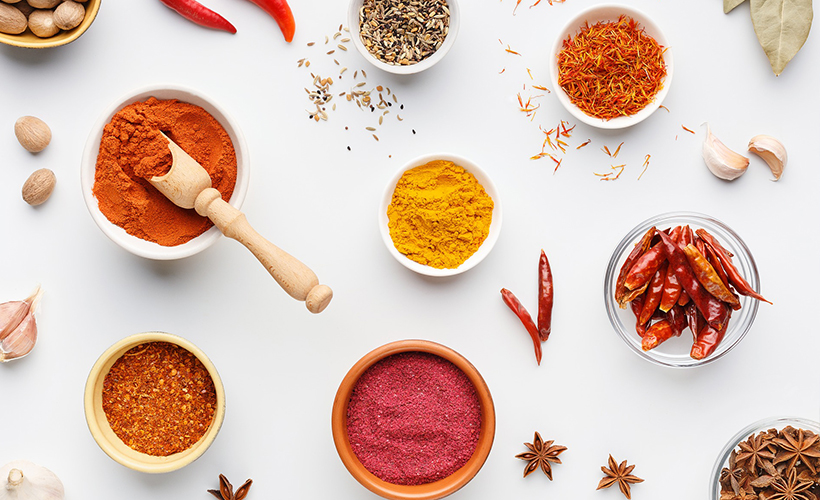
India is one of the biggest spice producers in the world. Vasco da Gama came to India for her spices. Indians use spices not only in their food but also in beverages and as medicine. Turmeric helps heal wounds, skin diseases, and the common cold; pepper is used to aid digestion; cardamom is used to counteract digestive problems.
South India is the country’s largest producer of local spices. Head over to the spice markets, haggle with the vendors, smell and taste the spices, and take home some of the best ingredients to add flavour to your food. They make amazing gifts too.
Every traveller has travel preferences – whether they prefer adventurous getaways or one packed with a complete cultural experience. If you are one of those that prefer to get to know a place by understanding the way of life, then allow South India to add some spice to your life.
